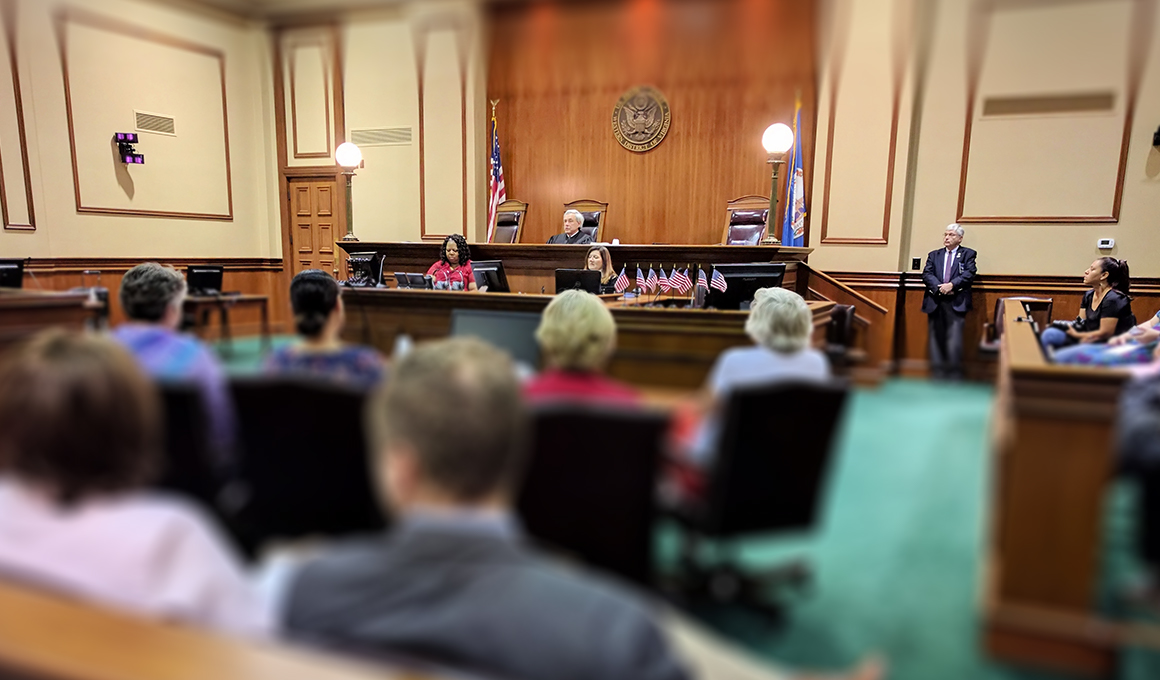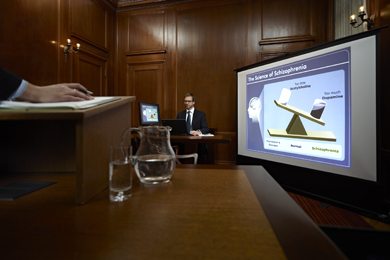Mesmerize the Jury: Essential Components of a Powerful Test Discussion
Essential components such as understanding the target market, crafting an engaging story, and mastering spoken and non-verbal communication are important parts of an efficient presentation. As these factors link, they form a cohesive method that not just informs but likewise involves jurors on multiple levels.

Recognizing Your Audience
Recognizing your audience is a pivotal aspect of efficient test presentation. A successful presentation depends upon the ability to comprehend the demographics, worths, and predispositions of jurors. This comprehension informs just how debates are mounted, proof exists, and emotional allures are crafted, guaranteeing that the message reverberates with the jurors on a personal level.
Study suggests that jurors come from diverse histories and might have differing degrees of understanding regarding legal procedures (trial presentation). Therefore, it is important to prevent lawful jargon that could alienate or confuse them. Rather, utilizing clear, relatable language fosters involvement and comprehension. Additionally, recognizing the jurors' possible biases and life experiences permits the test presenter to expect objections and address concerns proactively.
Efficient test presentation likewise involves observing jurors' responses throughout the proceedings. Involving with jurors as individuals rather than a collective system is crucial in cultivating a strong connection in the courtroom.

Crafting a Compelling Story
Crafting an engaging story is important in leading jurors through the complexities of a situation. A well-structured narrative not only streamlines detailed legal concepts yet also engages jurors on an emotional level, making the details more relatable and unforgettable.
This message should reverberate with the jurors' worths and experiences, cultivating a connection that transcends mere truths. This chronological strategy can assist jurors adhere to the progression of occasions, highlighting cause and effect.
Including human aspects-- such as individual stories or stories-- can further boost the story's influence. These components stimulate compassion, enabling jurors to picture the consequences of the instance on actual lives. Additionally, using a constant motif throughout the presentation strengthens the main debate, making it easier for jurors to keep crucial points.
Inevitably, an engaging story changes a trial discussion from a mere recounting of realities right into a convincing tale that captivates the court, urging them to ponder with both factor and feeling.
Making Use Of Visual Aids
Including visual aids into a trial presentation can significantly enhance jurors' understanding and retention of information. Aesthetic materials such as charts, representations, photographs, and video clips can change complex legal concepts and evidence right into quickly absorbable formats. By involving several senses, these help permit jurors to envision the case's crucial elements, making it easier for them to follow along and realize intricate details.
Moreover, properly designed visual aids can emphasize crucial points and highlight connections between various items of proof. As an example, timelines can properly highlight the series of occasions, while annotated pictures can make clear specific information pertinent to the case. This why not find out more not just help in understanding however likewise strengthens the narrative provided by the lawyer.
Overly complicated or cluttered visuals may overwhelm jurors and take away from the message. Inevitably, efficient visual interaction can be a powerful device in encouraging jurors and assisting them get to educated verdicts.
Understanding Verbal Communication
Effective verbal communication is crucial in a test presentation, as it works as the primary means with which lawyers communicate their arguments and get in touch with jurors. Mastering this ability entails quality, persuasion, and involvement. Attorneys should verbalize their factors plainly and briefly, preventing legal jargon that may confuse jurors. Simpleness in language cultivates understanding and assists jurors realize intricate concerns presented during the trial.
Moreover, tone and pacing significantly impact how messages are gotten. A certain tone shares authority, while proper pacing enables jurors to take in information without really feeling bewildered. Attorneys should also vary their singing inflections to highlight bottom lines and keep jurors' interest throughout the presentation.
In addition, the organization of verbal debates is necessary. Structuring the narrative rationally and coherently aids jurors comply with the lawyer's logic, making it easier for them to preserve crucial details. Using convincing strategies, such as narration, can also boost the psychological resonance of the disagreements presented, consequently developing a more profound link with jurors.
Ultimately, grasping verbal interaction not just reinforces an attorney's instance yet additionally promotes trust fund and rapport with the jury, substantially improving the opportunities of a favorable decision.

Engaging With Body Movement
Nonverbal interaction plays a crucial role in trial discussions, commonly conveying messages that words alone can not reveal. Body language, including gestures, position, facial expressions, and eye get in touch with, considerably affects exactly how jurors regard the trustworthiness and genuineness of the presenter. A positive stance, with shoulders back and an open stance, can impart trust, while closed-off body language might recommend defensiveness or unpredictability.

Faces must show the emotions related to the case, strengthening the story being presented. For example, a sincere expression throughout a poignant minute can evoke next page empathy and enhance the psychological appeal. Eventually, grasping body language is essential for reliable trial discussions, as it enhances verbal interaction and develops an engaging existence that reverberates with the jury.
Verdict
To conclude, astounding the court demands a critical approach that includes recognizing the target market, crafting an engaging narrative, utilizing aesthetic aids, understanding verbal communication, and engaging via body movement. Each aspect plays a crucial function in producing a powerful test presentation that resonates with jurors on both psychological and intellectual levels (trial presentation). By incorporating these components successfully, lawful professionals can considerably improve their capacity to convince and affect jury decision-making